Join my community and receive my free ebook! Subscribe now >>
Foods That Lower Blood Pressure
Foods that lower blood pressure have these features that limit the intake of sodium, encourages the eating of nuts, whole grains, fish, poultry, fruits and vegetables, non-fat and low-fat dairy foods, while lowering the consumption of red meats, sweets, and sugar. These foods are rich in potassium, magnesium, and calcium, as well as protein and fiber.
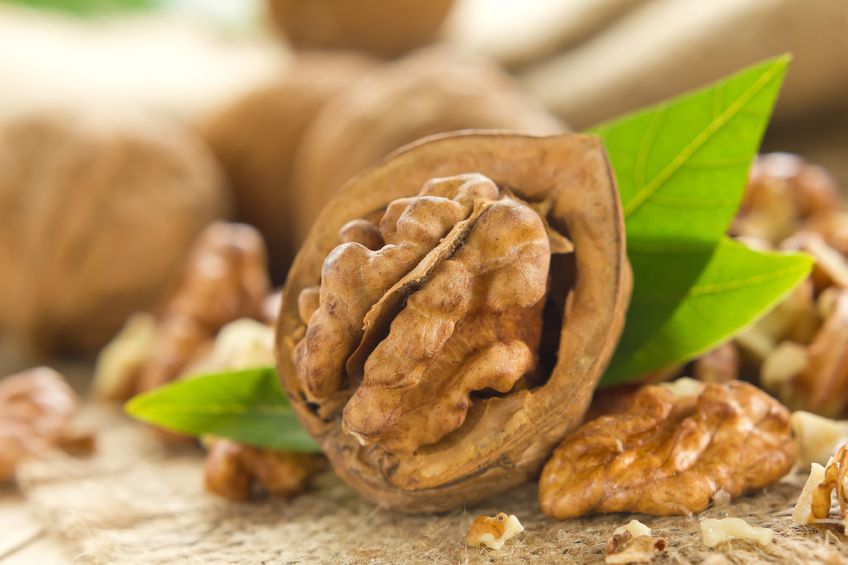
You would think that it would not take thousands of doctors, scientists, nutritionists, and studies from all over the world to tell us how and what to eat to stay healthy. After all our Mothers and Grandmothers always said eat your fruits and vegetables.
Dietary Approaches to Stop Hypertension (DASH) study was undertaken by the United States Government Organization, the National Institutes of Health and promoted by National Heart, Lung and Blood Institute, on how to include food to control high blood pressure.
Foods that lower blood pressure can be found in the DASH diet and within the website pages of Info On High Blood Pressure.
I grew up in the Caribbean, our diet was mostly plant based. We were eating organic food and did not know it. Most of our foods were grown in our backyards, picked fresh and eaten the same day.
Red meat was not eaten often and we got our seafood fresh from the fish boat that came in daily. Our chicken was killed by us, cleaned and cooked on the same day, and on Saturdays we had soups. Those were the days before fast food.
Now our world seems to have an unusually amount of obese individuals with major illness developing at a younger age and in alarming numbers. To stop this epidemic we just have to tweak our eating and lifestyle habits just a tiny bit and reap amazing health benefits.
Share your stories, ask questions or make comments about this topic. View other's stories.
Serving Sizes Simplified
Here is a guideline on eating foods for high blood pressure and our heart healthy grocery shopping list.
| A Single Serving Of | Is About The Size Of |
|---|---|
| Raw vegetables | Your fist |
| Cooked vegetables | The palm of your hand |
| Pasta | One scoop of ice cream |
| Meat | A deck of cards |
| Grilled fish | A checkbook |
| Apple | A baseball |
| Potato | A computer mouse |
| Steamed rice | A cupcake wrapper |
Eat Foods That Lower Blood Pressure For A Long And Healthy Life
If you are looking to live all the way to your 100th birthday make sure your eating plan meets these three requirements:
- Your food is nontoxic.
- The food you consume provides enough nutrients and fuel to satisfy your body's daily needs.
- It is made up of foods that are easy to digest and eliminate.
Foods that lower blood pressure is not the only thing you need to do. Remember you must include plenty of sleep - at least eight hours per night, exercise, reduce your stress, do not smoke, and limit your alcohol consumption.
Building Blocks For Better Health
Carbohydrates
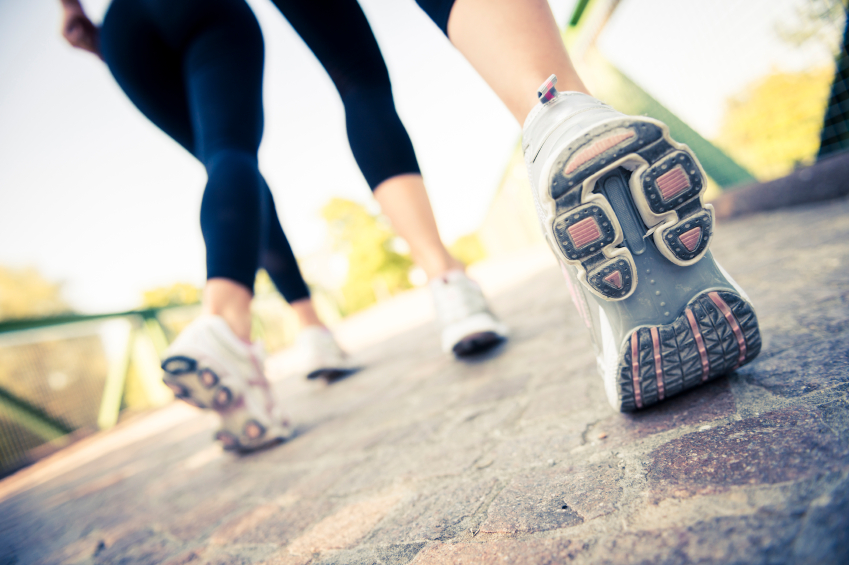
Carbohydrates are your body's main source of energy. They give you the energy to take a brisk walk, and do other exercises. It keeps us mentally sharp and in good spirits throughout the day. Yet without them, we would not only lack energy, but have a sluggish brain and our digestive system would not operate smoothly.
It helps our brain and nervous system operate at peak performance.
Carbohydrates are starches, sugars and fibers that come mainly from plants, a requirement of foods that lower blood pressure. Also, there are two kinds, complex an simple, with 55% of your total calories must be from carbohydrates.
Fats
Fats provide the raw material for making hormones and bile. It also carries the fat-soluble vitamins, A, D, E, and K in our bloodstream throughout our bodies. Our bodies needs fat to stay healthy.
Although fats add to the taste of our food, eating too much fat contributes to obesity, heart disease, high blood pressure, cancer, diabetes, and other diseases.
Something to remember while fats contribute to our feelings of fullness after a meal, they also stimulate our appetite. So we should follow the experts recommendations to eat no more than 30% of our calories from fat.
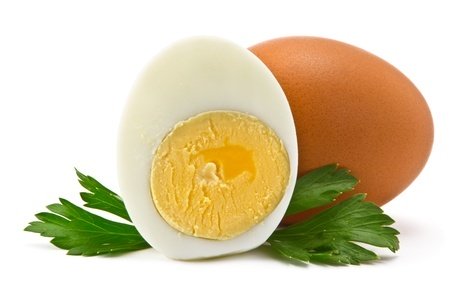
Saturated fats: These fats raise your cholesterol level. These fats comes from animal sources, like meat, egg yolk, butter and cheese. You
can reduce the amount of saturated fat you eat by choosing low-fat or
fat-free dairy products and eating lean cuts of meats.
To protect your heart, limit saturated fats to less than 10% of your total calories.
Polyunsaturated fats: These fats lower bad LDL cholesterol and they also lower good HDL cholesterol.
Hydrogenated vegetable shortenings and margarines, processed from polyunsaturated fats, act like saturated fats in our blood-stream. So the harder a fat is at room temperature the more harmful it is to your body and arteries.
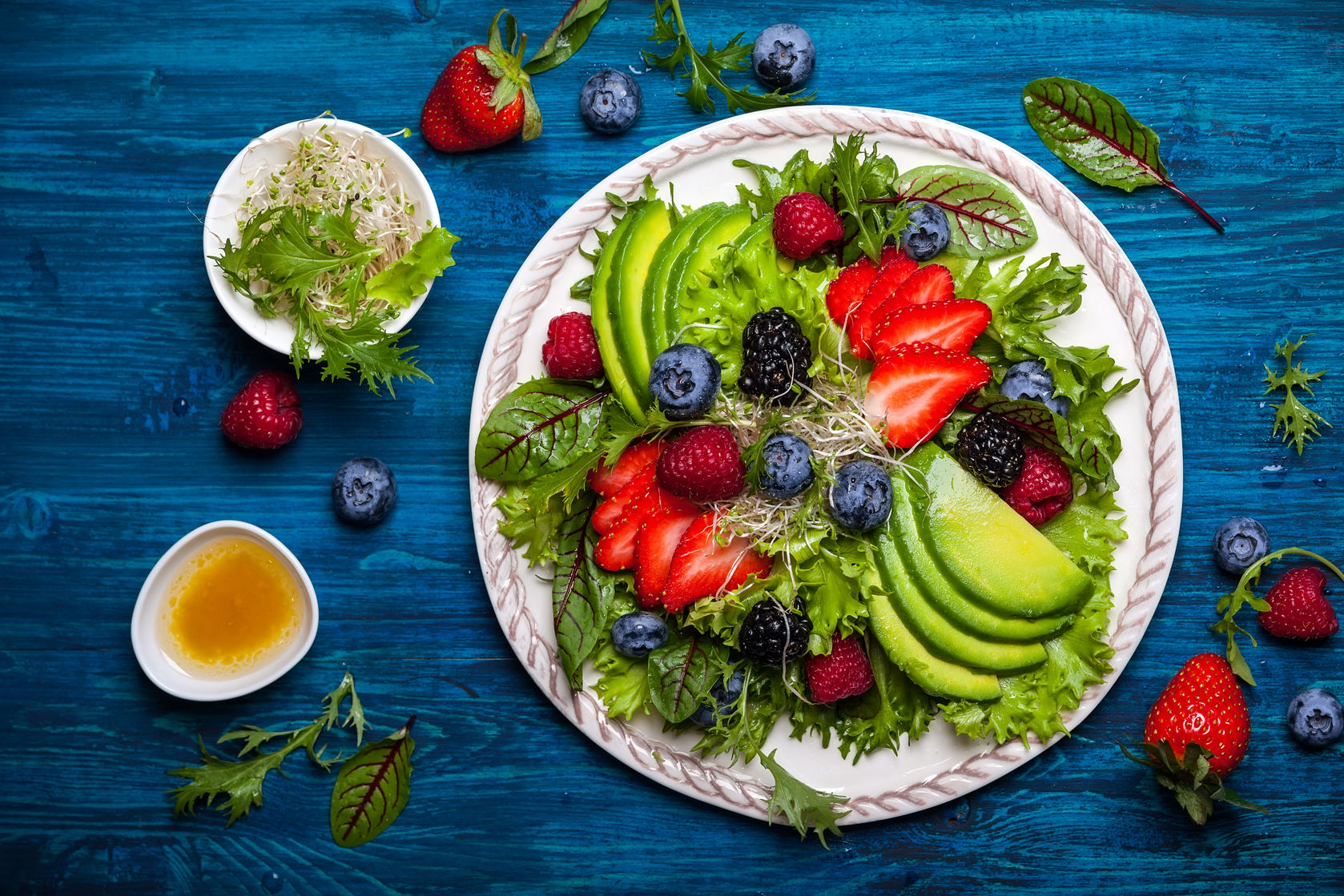
Monounsaturated fats: This fat lowers LDL cholesterol and raises HDL cholesterol. It is great for foods that lower blood pressure because it helps prevent arthritis, high blood pressure, diabetes, and some cancers.
Olive oil is one of the best sources of monounsaturated fat. It beats out the other oils at helping you feel full longer after a meal and it even boosts your memory.
Avocados and peanuts are also high in monounsaturated fats. Slices of avocado are a good substitute for cheese on a veggie sandwich, and instead of cream cheese spread a little natural peanut butter made from 100% peanuts with no hydrogenated oils.
Another little secret, avocado is great for constipation.
Fiber
Foods that lower blood pressure must contain fiber. Fiber is the part of fruits, vegetables and grains our bodies cannot digest.
There are two kinds, soluble fiber that dissolves easily in water and becomes a soft get in our intestines. And the other is insoluble fiber that remains unchanged as it speeds up our food's trip though our digestive system.
At the same time eating too much fiber to your diet too quickly can cause bloating, abdominal cramps, diarrhea and gas. Add fibrous foods gradually to your diet. Adding fiber to your foods that lower blood pressure can help you avoid these conditions:
Diabetes: Fiber helps improve the way your bodies handles insulin and glucose. Eat dark rye bread, whole-wheat crackers, multi-grain bagels and bran muffins.
Heart attacks and strokes: The soluble fiber in foods like oatmeal, okra, and oranges helps eliminate much of the cholesterol that can clog our arteries.
Constipation and hemorrhoids: Apples, sweet potatoes, barley and pinto beans provide the fiber needed to keep the stool most, soft and easy to eliminate.
Diverticulosis: As our bodies processes fibrous foods, like peas, spinach and corn it tones up our intestinal muscles. This helps to prevent pouches called diverticula, that can cause abdominal pain if they become inflamed.
Weight gain: The more bulky fiber rich foods we eat the less fat we will consume and vice versa. Since the fiber swells we feel satisfied faster.
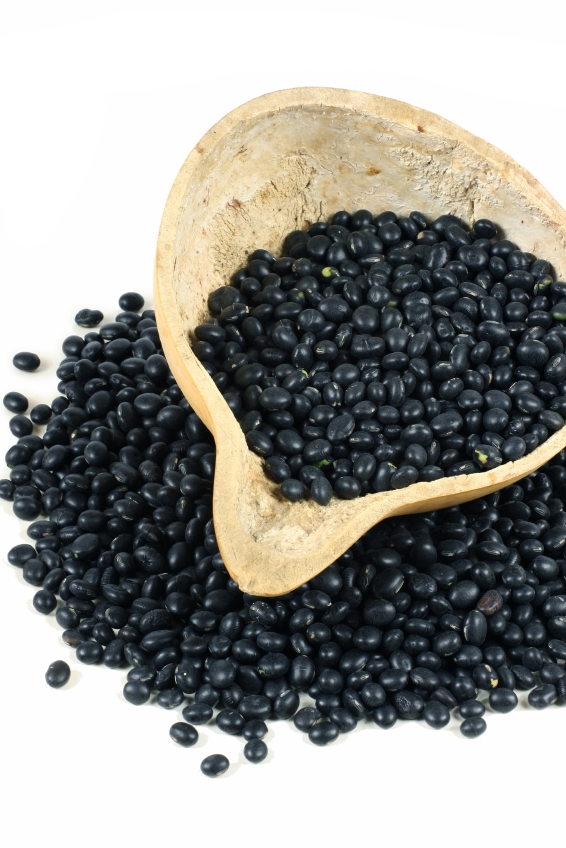
Impotence: Who would have thought that navy beans, brussel spouts, and zucchini squash could improve your love life. These fiber filled vegetables help maintain strong blood flow to the penis by lowering your cholesterol and keeping your blood vessels unclogged. These beans contain L-arginine a protein that also helps improve potency.
To be well on your way to meeting your fiber goal of 20 to 35 grams a day, start your day with a whole-grain cereal. Then eat some raw vegetables such as carrots and celery sticks or a garden salad for lunch and snack on fresh and dried fruits.
Substitute brown rice for white rice. Try some less familiar grains such as bulgur, couscous or kasha. Replace meat a couple of times per week with dishes like bean burritos, also add some beans to soups and stews.
Minerals
Minerals also makes up parts of foods that lower blood pressure.
Calcium: This makes your bones and teeth strong and hard. It is your most abundant mineral in your bodies. Its essential for steadying your blood pressure and helping your most important muscles your heart, contract.
Phosphorus: This is the second most plentiful mineral in our bodies. It is a crucial ingredient in DNA and cell membranes and helps make healthy new cells all over our bodies. Phosphorus helps turn foods that lower blood pressure into energy.
Chloride: This is the main ingredient in our digestive stomach acids. It help assure that all of our bodies cells get their fair share of nutrients.
Magnesium: It helps keep your bones and teeth healthy, then it makes sure calcium, potassium, vitamin D, and proteins do their jobs. When we flex our muscles, magnesium helps them to relax again. Also a deficiency of this mineral could increase your risk of heart attack and high blood pressure.
Potassium: Keeping our blood pressure steady, maintaining our heart beat, balancing water in our cells and making sure our muscles and nerves work properly are a few of this minerals many important jobs. Like magnesium including this very important mineral in foods that lower blood pressure is essential for heart health.
Sodium: Our bodies needs sodium to maintain its balance of fluids. We have to lower our salt or sodium intake for health reasons, but it would benefit us to just lower our daily sodium intake to 2,400 milligrams or less.
Sulfur: This mineral does not do much on its own but it is part of other star nutrients like thiamin and protein. It is important in proteins because it gives them shape and durability. Your bodies toughest proteins are your hair, nails, and skin - they have the highest amounts of sulfur.
The last but not the least is trace minerals - a small but powerful protectors. They are Iodine, Iron, Selenium, Zinc, and the mighty five which are Chromium, copper, fluoride, manganese, and molybdenum. The mighty five is very important in foods that lower blood pressure because they are responsible for everything from strong teeth - fluoride, to our blood sugar level - chromium.
They are so important that nutritionists have set daily requirements for each of them to make sure you get enough. At the same time remember moderation in everything we eat, because too much of anything can become toxic.
Phytochemicals also makes up foods that lower blood pressure. These natural chemicals are found in plants and have a powerful effect on the human body. Phytochemicals or phytonutrients are found in fruits, vegetables, herbs, spices that helps to treat and prevent diseases since ancient times.
Protein
Protein is part of every cell in your bodies and no other nutrient plays a more important roll in keeping you alive and healthy. It is important for the growth and repair of your muscles, bones, skin, tendons, ligaments, hair, eyes and other tissues.
If you are looking for a quick way to lose weight it is easy to get caught up in the high-protein diet. But, the American Heart Association and other healthy organizations advise against it.
The initial drop in weight is mostly water loss. Most important they can be dangerous and can increase your risk of heart disease, kidney and artery damage and bone loss. Foods that lower your blood pressure provides a full building block of nutrition and includes lots of fruits, vegetables, and grains to keep you healthy.
So choose your protein carefully.
Vitamins
Vitamins are one of two types, fat soluble or water soluble. Both are equally important and your bodies uses them in different ways. They are critical for everyday bodily functions like digestion and thinking. Some also act as antioxidants. Are your bodies tiny foot soldiers, fighting off harmful molecules called free radicals.
Luckily these foods provides plenty of vitamins that can be found in grains, legumes, fruits, seafood, lean meats, and vegetables.
Water
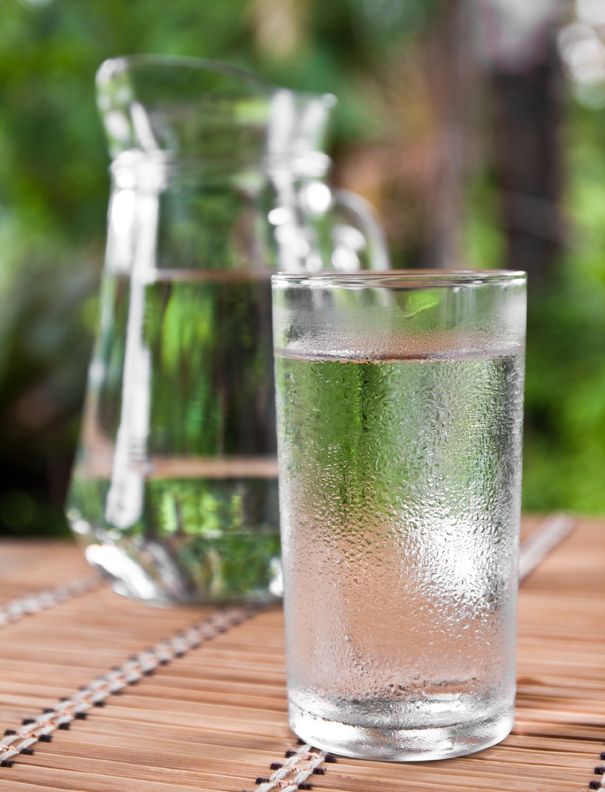
Water is an important part of foods that lower blood pressure. So when we think about a healthy diet it is easy to forget the most important nutrient of all and that is water.
It is the juice that keeps the body's chemical processes going. Your foods has in minerals, vitamins and other nutrients and water dissolves and carries them to where they are needed within the body.
Before we were born water cushioned us against the shocks of the world. Today water cushions our joints and spinal column. Water helps to regulate our body's temperature, lubricates our digestive tract and maintains pressure in our eyes.
So sip some water throughout the day, do not wait until you feel thirsty to drink a glass of water. Drink more water when the weather is hot and dry and also when you exercise. Most people need between eight and twelve cups of fluids a day.
Herbal teas and juices are good substitutes when you want something other than water to help process the foods that lower blood pressure.
Your Specific Foods That Lower Blood Pressure
Offer a recipe or write about great tasting foods that lower blood pressure.
Or do you have a question or comment about foods that lower blood pressure? Or a great story to tell?
Write about it here.
Return To Foods For High Blood Pressure From Foods That Lower Blood Pressure
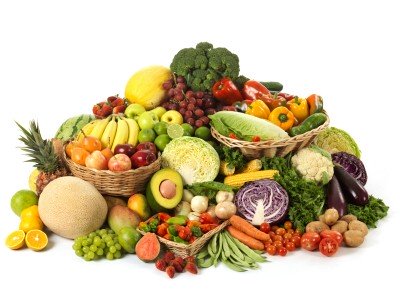
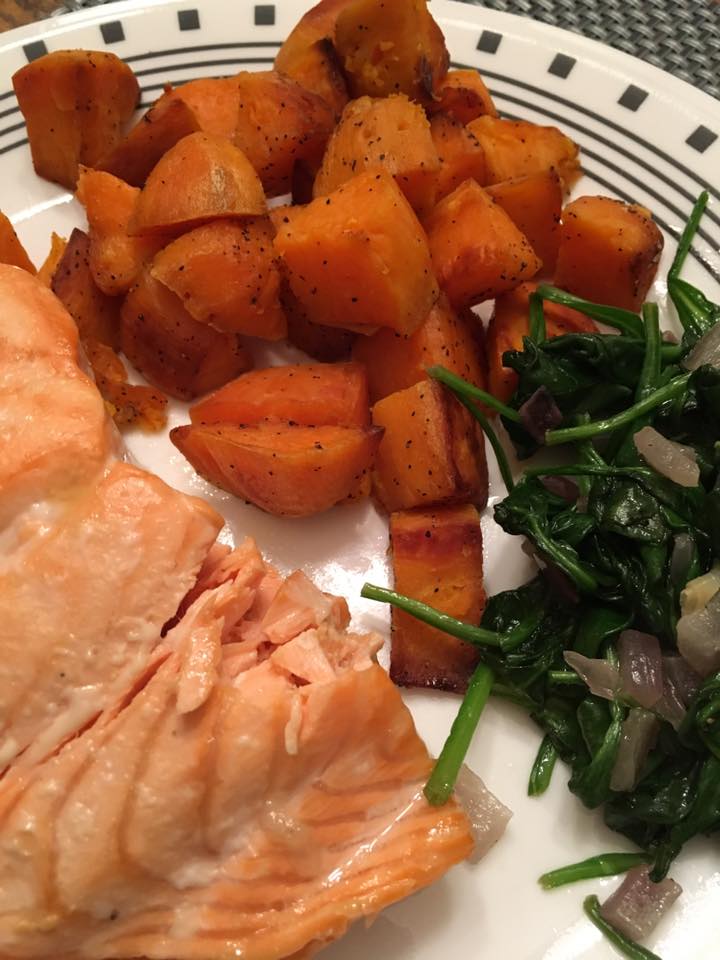
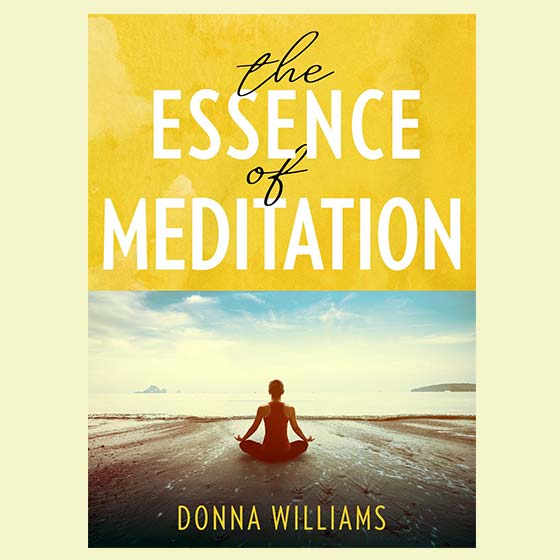
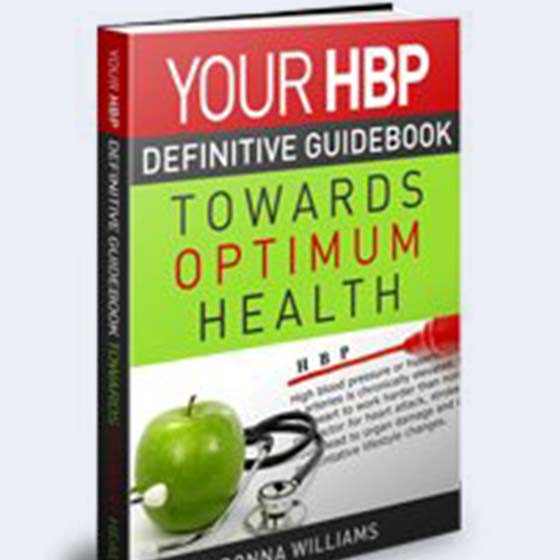

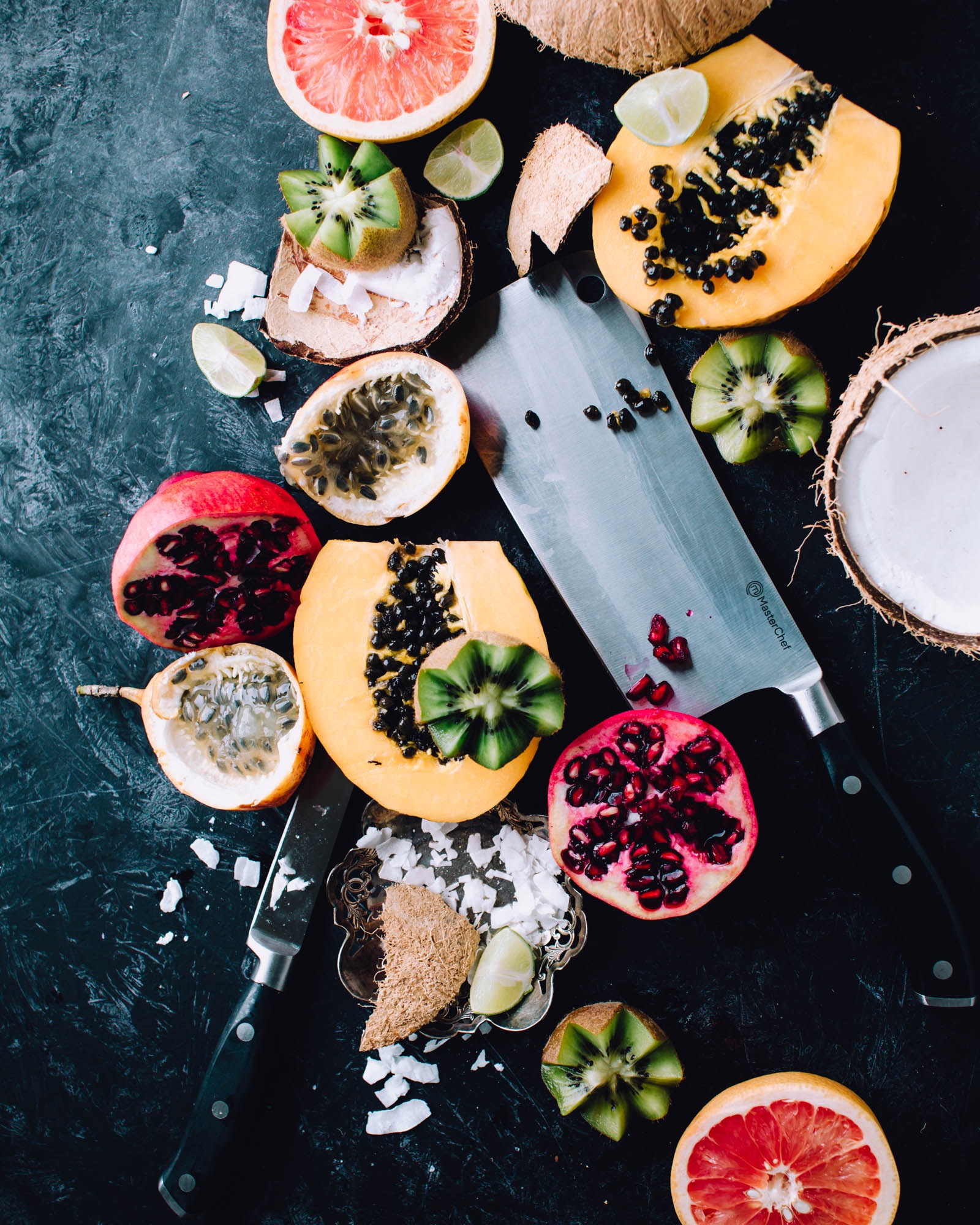
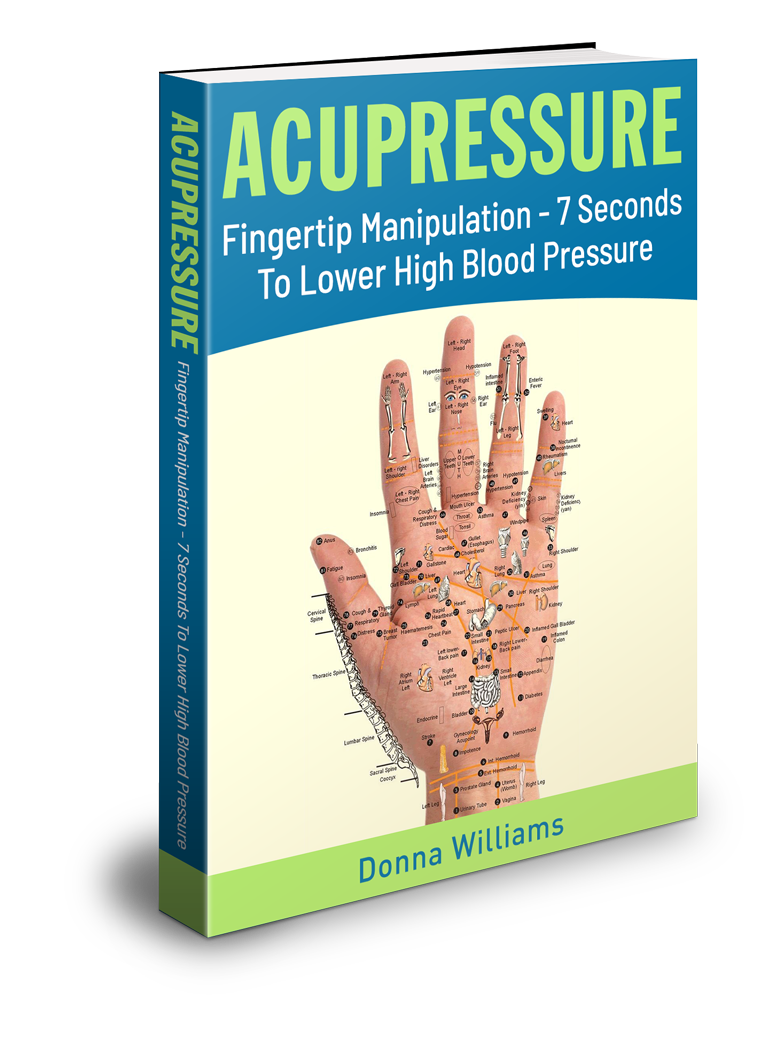
New! Comments
Have your say about what you just read! Leave me a comment in the box below.